How to plant orchid seeds at home: advice from experts
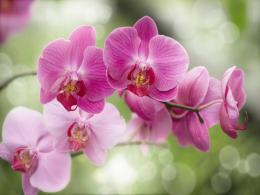
Orchids are very beautiful and delicate flowers that leave no one indifferent. Long flowering allows you to enjoy their beauty for a long time. They are very diverse, their flowers can have a wide variety of color compositions.
Looking at them, you involuntarily feel the desire to grow these amazing flowers yourself. In fact, it is very difficult to do, although especially persistent flower growers still achieve success. Growing orchids at home it takes a lot of time. It can take up to 3-4 years from sowing seeds to flowering.
Content:
Where to get orchid seeds
The simplest solution to this issue is to buy seeds. There are offers for selling orchid seeds on the Internet; many people order seeds from China; sometimes they can be found in flower shops or amateur flower growers. But no one can guarantee their quality, or rather germination. And when buying them, it is impossible to understand how high quality they are.
This is due to the fact that orchid seeds, firstly, are very small, more like dust, and secondly, they are, in fact, not very easy to obtain. Therefore, when buying, you just need to remember how they should look. And then all you have to do is dare and create your own miracle.
Also seeds You can collect orchids yourself. However, getting them is also not very easy.This is due to the fact that orchid flowers are not always pollinated, and sometimes even after being pollinated, they may not form a seed pod. But you can “help” them a little with this. First of all, you need to do pollination. This should be done during the period when the flowers have fully bloomed.
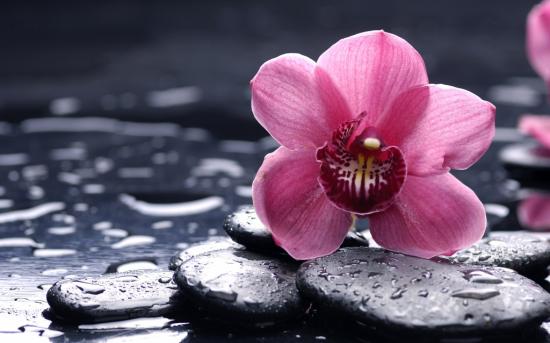
We carry out pollination
- Gently remove the pollen with tweezers or a toothpick. It has the shape of two small balls of bright colors, often orange
- Then peel the pollen from the film in the shape of a tail
- Place pollen in the seed pod of the mother flower. It is located at the top of the flower
All pollination is done. The flower from which the pollen was taken will wither within 24 hours, but the mother flower will ripen and soon close the seed pod and begin to swell. The swelling of the seed pod indicates that pollination was successful. It takes on an elongated shape. The ripening of the seed pod can last from 3 to 8 months.
When this process is completed, a microcrack will appear on the surface of the box, which will increase over the course of several days and then completely open and throw out all the seeds. So, you can buy orchid seeds online or you can get them yourself. In the second case, the orchid needs to be pollinated and wait for the seeds to ripen.
How to plant orchid seeds at home
The most difficult thing in this process is preparing the soil and planting itself. There are several options for mixtures. First of all, you can just buy ready-made substrate for sowing orchid seeds. You can prepare it yourself. To do this you will need the following components:
- distilled water – 500 ml
- sugar – 5 grams
- honey – 5 grams
- starch – 100 grams
- banana puree – 30 grams
- fertilizers for orchids (see dosage on packaging)
- activated carbon, ground into powder – 1 tablet
All ingredients must be thoroughly mixed, put on low heat and, stirring constantly, bring to a boil and boil for a couple of minutes. The finished mixture should have the consistency of thick sour cream. The mixture for sowing orchid seeds is ready. Now it needs to be poured hot into containers.
Preparing containers and sowing seeds
To prepare containers for seeding Orchid seeds need to be taken very seriously. Everything needs to be sterilized. At the next stage you will need:
- small funnel with long spout
- solution jars for droppers with lids, you will need about 5 pieces for our amount of substrate (you can use other containers)
- syringe
- scotch
Pour hot substrate into pre-sterilized jars from dropper solutions through a sterile funnel. You need to pour very carefully so as not to pour onto the sides of the jar. Pour approximately 100 ml of substrate into each jar. Then close the jars tightly with sterilized lids and carefully wrap them with tape.
Video on how to plant an orchid:
The next step is sterilization of the substrate. To do this, carefully place the sealed jars in a container of water. Make sure they remain upright. Place the container with water and jars on low heat. Bring the water to a boil, boil for about 30 minutes and turn off the heat. The jars with the substrate should remain in the water for about another day. After a day, repeat the sterilization operation.
That's it, the substrate is ready for sowing orchid seeds. It is important that everything is sterile! Containers for filling the substrate must be sterilized, any toolsmaterials used in the seeding process must be sterile.Before sowing, orchid seeds must be disinfected.
To do this, they should be soaked and kept in an antiseptic solution. The following composition can be used as a solution: 3% hydrogen peroxide and 10% Clorox.
Sowing orchid seeds in a prepared substrate
Place disinfected orchid seeds into a sterile syringe with a long needle. Then use a needle to pierce the rubber lid (along with the tape) on the jar with the substrate. Squeeze a few drops of seeds directly into the substrate. Turn the jar slightly in different directions to distribute the seeds throughout the substrate. After sowing, remove the needle, and disinfect the puncture site on the lid and seal it with fresh tape.
Care after landing
Conditions for seed growth should be approximately the following: temperature 19-22 degrees, long daylight hours. In hermetically sealed jars with sown orchid seeds, changes will begin to occur no earlier than in a week. The first visually noticeable change is the appearance of small green balls in the substrate.
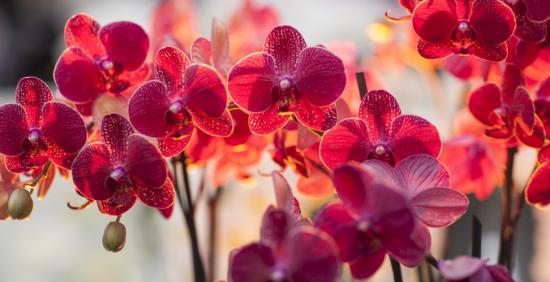
Then thin suction hairs will appear, and then the first small green leaves. After the plant produces two or three leaves, the first roots will appear. Plant replanting will be required only after about a year. Important! Monitor cleanliness very carefully during preparation for sowing and directly during sowing of seeds. All containers must be sterile, the substrate must be kept at boiling, seeds disinfected.

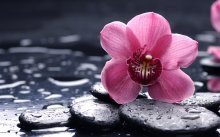

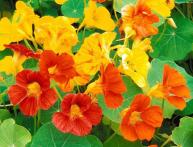
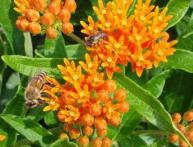
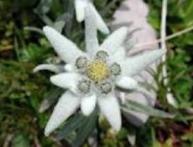
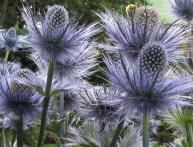
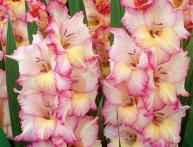

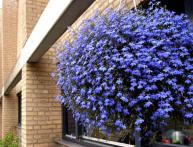
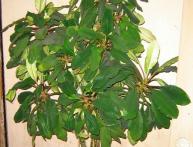
Comments
We tried to divide the Phalaenopsis orchid flower into two plants, but, unfortunately, nothing worked. Growing a flower from seeds, in my opinion, is even more difficult. Pollination of the flower and preparation of the substrate for planting will be especially problematic.